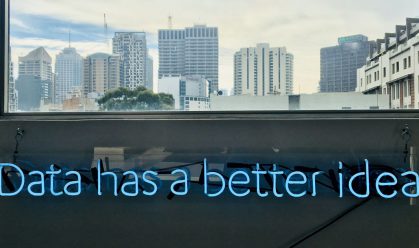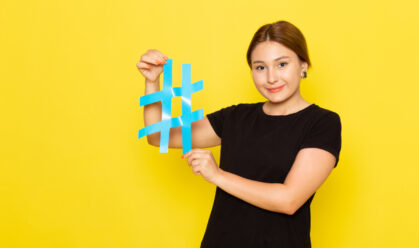Brands have many reasons to move away from the social media giant Facebook. From its slowing growth to its constant algorithmic changes, the environment on Facebook gets more challenging every day. But despite all of these reasons to move away from Facebook, there is no denying the platform’s continued influence.
As of the first quarter of 2023, Facebook had 269 million monthly active users in the US and Canada. It’s still the most-used social network in the US, with 73% of American consumers visiting the site regularly…
 Source: Statista
Source: Statista
It’s also the platform 65% of marketers plan to use most in 2023.
So Facebook can’t be all bad.
But the challenge for brands remains: how can you stand out on a platform that prioritizes content from friends and family? Here are six brands achieving killer results on Facebook in 2023 to inspire you.
1. RIMOWA Boosts Omnichannel Sales Through Facebook Ads
Historic luxury luggage brand RIMOWA has extensive advertising experience on Facebook, frequently using the platform to bolster online sales. But they were interested to discover if they could use the social network to increase purchases via physical retail stores.
So they launched a campaign intended to show off the quality and engineering of their products, including messaging like: “RIMOWA’s iconic designs and lifetime guarantee is engineered for the modern discerning traveler.”
The campaign targeted people aged 20+ in the US, including those interested in luxury travel. RIMOWA also showed the ads to custom audience groups comprising previous website visitors.
RESULTS: Studies from Meta discovered that the campaign generated a 7.1-point lift in brand awareness and an impressive 13-point increase in ad recall. But how about those all-important offline sales? RIMOWA also achieved a 2.2X incremental return on ad spend, indicating that sales were pouring in from multiple sources.
TAKEAWAY: Don’t assume Facebook is just for driving online sales. The platform can help you boost performance through online and offline channels — it’s just about nailing your messaging.
2. Pennington Lawn and Garden Makes Grass Seed a Global Conversation
How often do you think about grass seeds?
Unless you’re a professional gardener or groundskeeper, we’re betting the answer is either rarely or never.
Pennington Lawn and Garden sought to change all that with its ongoing #FlipTheTurf campaign, which positions grass seed as part of a much broader (and, frankly, more interesting) subject: football.
Half of NFL teams play on artificial turf, despite studies indicating that it causes more injuries in players than natural grass surfaces. Sensing an opportunity, Pennington launched a Change.org petition calling for an end to artificial football pitches. As momentum grew, the brand partnered with big names like Von Miller to raise further awareness:
Part of the campaign was reactive. Whenever an NFL player suffered an injury deemed to be turf-related, Pennington responded in real-time on social media.
Perhaps most importantly, the campaign garnered support from the NFL’s biggest asset: the fans. Legions of NFL fanatics signed the petition and shared Pennington’s message on Facebook and other platforms:
RESULTS: #FlipTheTurf attracted coverage from high-profile global publishers, from The Athletic to the Daily Mail to the Japan Times. Across all platforms, it generated 35,000 brand mentions and 400 million organic impressions while driving a 20% upturn in Pennington’s sales.
TAKEAWAY: Brands often speak about joining the conversion — in other words, generating impressions and engagement by tapping into pre-existing, high-profile topics. But Pennington demonstrated that starting your own conversation on a subject that catches the public imagination while still aligning with the brand’s products is even more valuable.
3. Cerveza Victoria Boosts Brand Awareness With Facebook Video Ads
We all know Facebook loves video, and it (often) helps our Facebook posts perform better. Research from Databox reveals that approximately three-fifths of marketers believe video ads typically drive more engagement than image-based ads on Facebook.
Cerveza Victoria USA is aware of this. When they wanted to boost brand awareness among Latinx communities in the US, they ran a series of Spanish-language video ads on the platform.
Campaign assets followed mobile-first best practices, such as:
- Displaying brand elements prominently at the very start of each video
- Showing the brand’s beer bottle clearly during the ads
- Adding text overlays for people watching on silent
The ads targeted Spanish-speaking men in the US aged 25 – 49, including Mexican expats and people interested in popular Mexican topics like WWE, soccer, and TV novelas.
RESULTS: While the campaign was running, Meta carried out a brand lift study that revealed the ads generated a 4.5-point lift in ad recall, a 3.5-point increase in brand awareness, and a 4.2-point upturn in favorability.
TAKEAWAY: Strong creative is nothing without superb targeting. By identifying audiences most likely to be receptive to their messaging, Cerveza Victoria achieved excellent results that helped boost brand recognition among potential US customers.
4. Treaty Jewellery Transitions From Wholesale to DTC
Treaty Jewellery had been a largely wholesale business for about a decade. But they’d gone as far as they could and realized that pushing direct-to-consumer (DTC) sales was the only way to unlock further growth.
They were already generating a small amount of organic DTC revenue but needed the support of a dedicated agency to scale up their activity.
Their agency partners worked with Treaty’s existing creative assets and other resources while advising the brand on how to build Facebook video ads that generate conversions.
RESULTS: Treaty’s shift to DTC has seen them generate a 3X return on ad spend and a 2,500% increase in average monthly orders, helping them build a more profitable, sustainable business less reliant on lower-margin B2B sales.
TAKEAWAY: It’s never too late for brands to explore new revenue streams. Treaty had been largely reliant on their wholesale business. But with a smart Facebook strategy, they were able to dramatically increase direct-to-consumer sales, helping the brand achieve its growth targets.
5. RXBAR Uses Facebook to Drive In-Store Sales
Protein bar company RXBAR had a tough couple of years. First, they voluntarily recalled 12 flavors of RXBARs due to the possible presence of an undeclared peanut allergen. Then the coronavirus pandemic hit, eating even further into sales and revenue.
Ouch.
The brand needed a campaign that helped it bounce back. Specifically, they had to find a way to boost in-store sales — its most important channel.
They launched a series of short- and long-form video ads on Facebook, featuring a man pocketing an RXBAR before setting off on a jog. The messaging was designed to highlight the product’s high protein levels and usage of real ingredients, helping fitness fanatics lead healthier lifestyles.
Remember, this campaign was all about driving in-store sales, so it couldn’t use the standard “buy now” call to action. Instead, the ad prompted viewers to “learn more” about RXBAR’s products by visiting the company’s website.
The ads targeted 25- to 54-year-olds in the US, including people interested in physical exercise, health, and wellness.
RESULTS: A Nielsen Catalina Solutions study discovered that the campaign drove a near-9% increase in in-store sales for RXBAR, along with a 7.5% upturn across the brand’s whole product portfolio.
TAKEAWAY: Whatever your campaign’s theme, your product or service must appear front and center in your creative. RXBAR made sure its energy bars showed up in the opening frames of its videos — so even if people quickly scrolled by, they still got a glimpse.
6. Alka-Seltzer Raises Awareness for New Product Launch
There’s plenty of negativity around influencer marketing, with criticism that high-profile influencers are inauthentic and out of touch with their (shrinking) audiences. Yet research suggests it’s still an extremely effective channel. For instance, 36% of consumers say influencer posts are the best way for brands to persuade customers to try new products.
Over-the-counter medications brand Alka-Seltzer might have seen that research because they ran an influencer campaign on Facebook to support introducing a new hangover relief product (aptly called Alka-Seltzer Hangover Relief).
They went all out to promote the launch, recruiting rapper T-Pain to create a new soundtrack based on the brand’s original “Plop Plop Fizz Fizz” jingle and working with several influencers — including Gabe de Guzman and Dexter Carr — to build a brand awareness campaign around the new product.
The brand invited influencers to shoot their own videos, instructing them to hold the product package while dancing to T-Pain’s new jingle. And, as is often the case with influencer campaigns, they urged followers to get involved by posting their own dance videos.
The ads were sensibly run from the influencers’ Facebook Pages, allowing Alka-Seltzer to tap into their sizable followings.
RESULTS: The campaign generated a 5.7-point increase in ad recall and a three-point lift in “abstract brand favorability” for Alka-Seltzer Hangover Relief.
TAKEAWAY: Influencer marketing isn’t dead — and if you get it right, it can be one of the most effective strategies to boost brand awareness. That makes it especially helpful for supporting product launches.
Facebook remains a significant social media channel for brands, but it can be challenging to cut through the noise and create an impact on a channel that is so crowded. What is your brand doing on Facebook to stand out from the crowd?
To learn more about the latest social media platforms, join us at one of our upcoming social media strategy conferences.

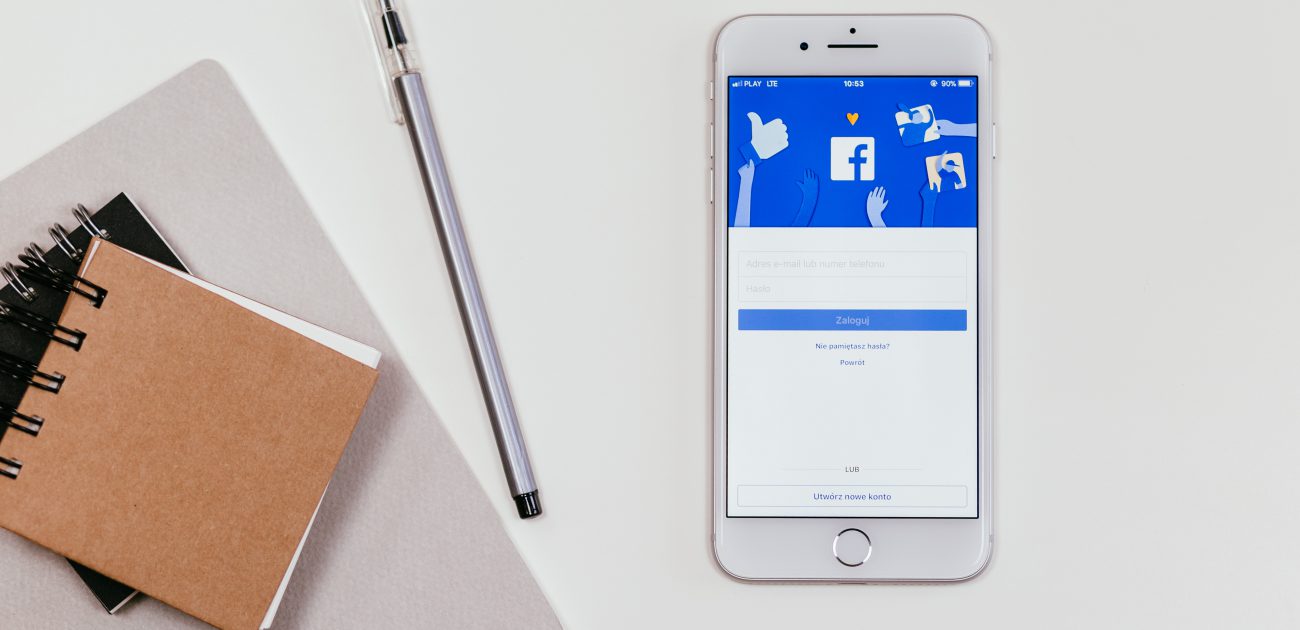
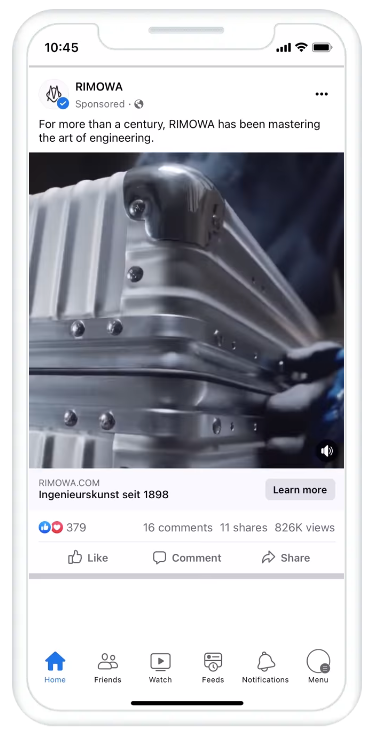 Watch video here
Watch video here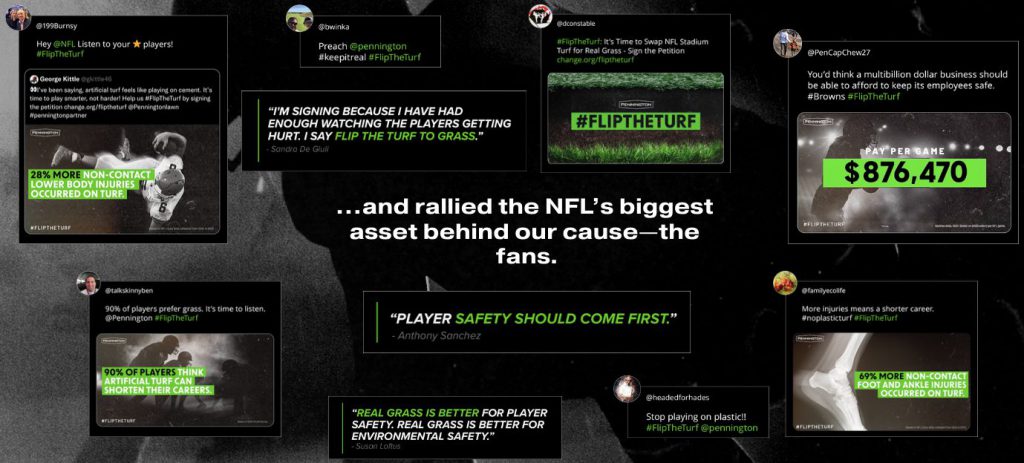 Image source
Image source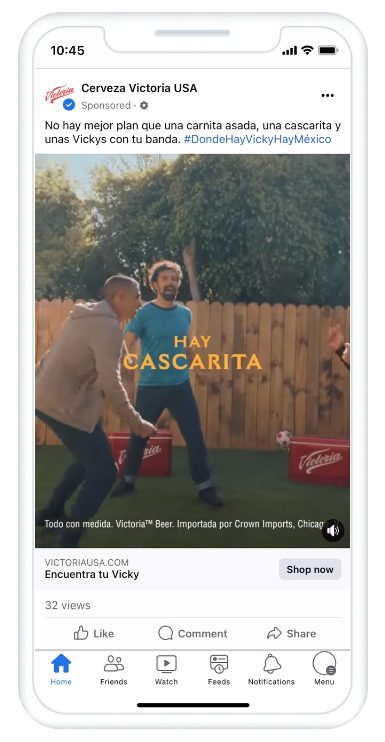 Watch video here
Watch video here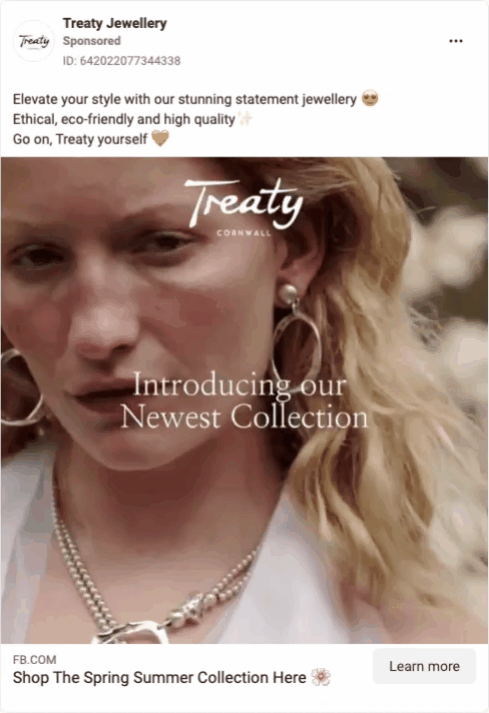 Video source
Video source Watch the video here
Watch the video here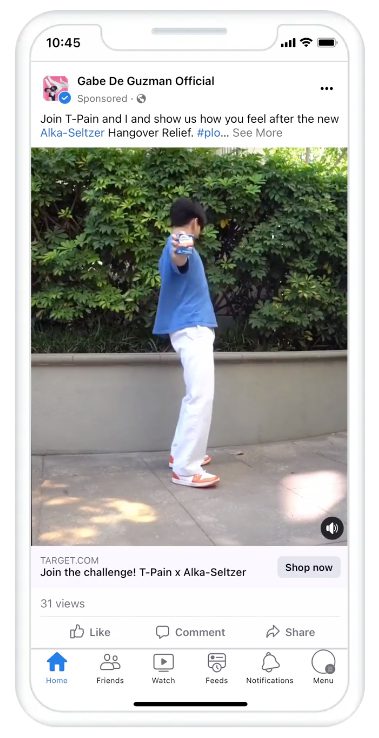 Watch video here
Watch video here




